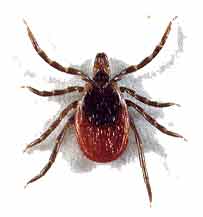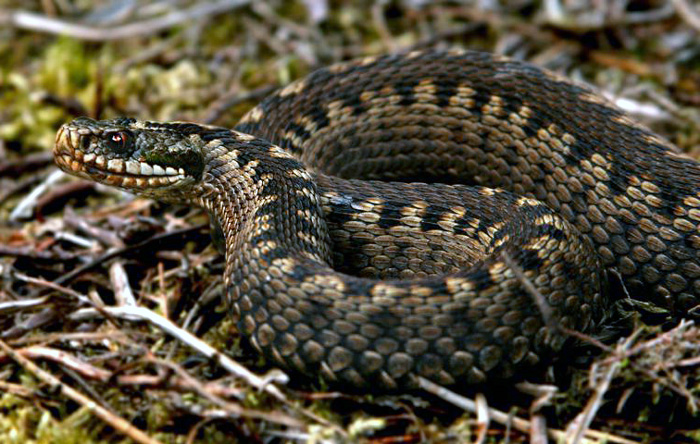Great British Dangers
There’s no better way to enjoy the glorious British summer than a relaxed stroll in the sun is there? Get your shorts on, take a picnic and head out into the great outdoors without a worry in the world…….or so you think. Although the British countryside is relatively danger free compared to most, there are still perils to be found. So here’s a list of what’s worth looking out for;
- One of the biggest killers of the British countryside, believe it or not, are cows! Although you would naturally associate bulls with aggression and high speed chases, it’s actually cows that provide the biggest source of danger. You should be particularly wary around cows when they have calves, as they will stop at nothing to ensure the safety of their young. Most attacks in the breeding season occur when people walk their dogs in fields with calves, as the cows take the dogs for predators and will charge to deal with this associated danger. Incidents in the past few years have included that of the former home secretary David Blunkett being injured by charging cows whilst walking his guide dog in 2009.
- Not a problem in Scotland, but instead in southern England where they have been accidentally re-introduced, Wild Boars are the next on our list of great British wildlife dangers. Although generally not a threat to humans they can become aggressive when they feel threatened themselves, particularly by dogs. There has been an increase in reports of dogs and their owners being attacked by the species and of horses being spooked in recent years. This feeling of being threatened by dogs is thought to be hardwired into the boars as a result of their time spent alongside Wolves, both in the UK and across Europe.
- Next on the list are Deer; fond of both charging people and unfortunately colliding with cars. You’re more likely to be injured by a deer whilst in the ‘safety’ of your car, with up to 50,000 collisions involving deer happening on a yearly basis. As is the case with cows, deer are most likely to become aggressive whilst protecting their young, with incidences including one man being chased by 11 hinds and groups of walkers being forced to climb trees being reported in the past year. Another time to be wary of deer is in the autumn, when males are full of testosterone and show heightened aggression towards each other whilst rutting. Any innocent bystanders may be mistaken for rivals and promptly chased off their territory.
- Next comes something you would expect to be on a list of dangerous animals – our only venomous snake. Widespread throughout the UK, but more common in the south, Adders are usually associated with open heathland and woodland. Although over 100 Adder bites were reported to the NHS last year, seeing one is no reason to panic. Adders are calm and retiring creatures that only resort to biting as a form of defence when people attempt to handle them or stand on them. The slim chance of being fatally attacked by the species is highlighted in the fact that only 14 deaths have been attributed to adder bites in the past 140 years, although fatal attacks on dogs are much higher. Although rare, adder bites should still be taken seriously and medical attention sought promptly. Symptoms include dizziness, vomiting and painful swelling with the only instruction being to immobilise the affected limb before seeking medical attention.
- Last but not least on our fascinating list is the mighty tick. Often overlooked due to their size, ticks are transmitters of Lyme disease and shouldn’t be underestimated. Lyme disease is a bacterial infection spread to humans by ticks as they feed, having initially picked up the disease from animals such as deer and mice. The most noticeable symptom of Lyme disease is the presence of a pink or red circular rash around the bite, with flu-like symptoms and fatigue following. Lyme disease can be easily treated with antibiotics, but if left untreated can lead to neurological problems and joint pain years later. There are around 3,000 new cases of Lyme disease in the UK each year, but there are some simple rules that can be followed to prevent it. It’s, of course, advised to try and avoid areas where ticks are abundant, particularly in the summer months. However, when walking in wooded areas or long grass make sure that you wear trousers and long sleeves, use tick repellent spray and check your clothes and body for ticks before you return home. If ticks are found they should be removed as quickly as possible, preferably using tweezers or specially constructed tick removers.

Hopefully, having read through this list we haven’t scared you off from going out and exploring our great outdoors, but instead instilled a little bit of caution when you do so. The British countryside is a safe place to be, however, it’s always worth remembering that you’re putting yourself into the animal’s environment. So always make sure that you adapt to suit them, be careful and more than anything enjoy yourself! Follow these simple rules and nothing can go wrong…….hopefully!
Source; Perils of the English Countryside BBC news Website, July 2014.
Craig Shepherd,
Visitor Centre Assistant Manager.
Help protect Scotland’s wildlife
Our work to save Scotland’s wildlife is made possible thanks to the generosity of our members and supporters.
Join today from just £3 a month to help protect the species you love.
Preface
There’s no better way to enjoy the glorious British summer than a relaxed stroll in the sun is there? Get your shorts on, take a picnic and head out into …

